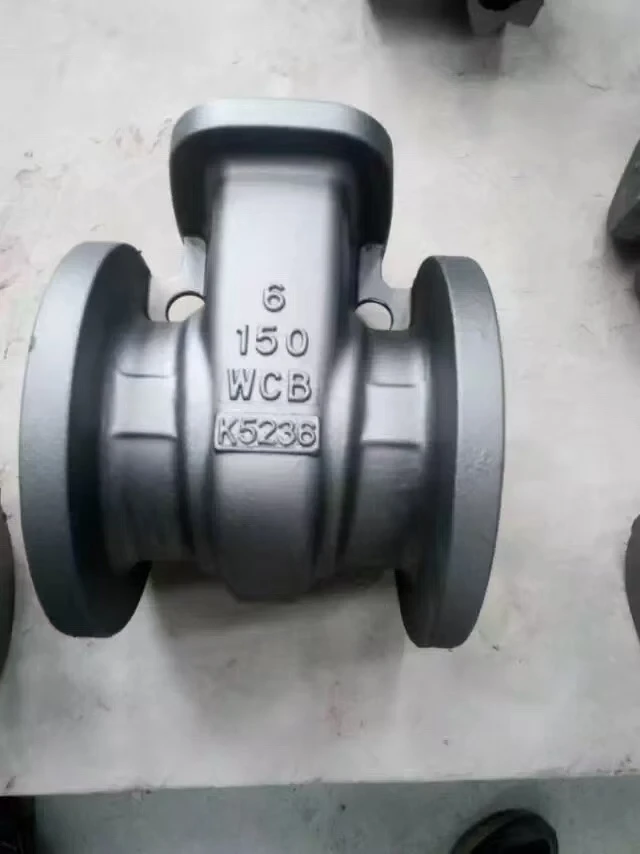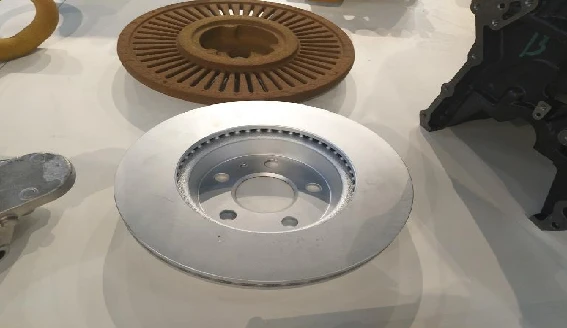Ceramic sand, often hailed as a revolutionary product in various industrial applications, has quietly been transforming sectors from metallurgy to water treatment. Those closest to its development and application tout its manifold benefits, and understanding its nuanced applications is integral to recognizing its true potential.

The legacy of ceramic sand is built on research-backed expertise, where its origin story in the realm of foundry castings speaks volumes of its capability. Boasting attributes like high refractoriness, optimized particle shape, and outstanding thermal stability, ceramic sand emerges as a preferred choice over traditional silica sand. Real-world experiences underscore this transition; foundry experts have noted markedly reduced expansion defects in castings when integrating ceramic sand, resulting in superior surface finish and precise dimensional accuracy.
Metallurgists and material scientists have sharpened the focus on ceramic sand due to its low thermal expansion and minimal toxicity. Unlike conventional alternatives, ceramic sand significantly reduces the occurrence of veining and penetration leading to fewer casting defects. A pivotal element of its application is its recyclability, providing an environmentally viable alternative without compromising on quality—substantiated by rigorous scholarly studies and industry practices alike.

In oil and gas industries, ceramic sand has carved its niche in processes like hydraulic fracturing. Here, the expertise of engineers and field experts plays into the attributes of ceramic sand, leveraged for its high crush resistance and conductivity under pressure. This allows for efficient flow of hydrocarbons, enhancing productivity and ensuring a superior return on investment.
From an authoritative standpoint, the environmental impact of ceramic sand is significantly lesser than its predecessors. Certified by environmental studies, ceramic sand boasts a sustainable lifecycle. Not only does it offer durability with minimized degradation, but industry testimonials also support its lower emission footprint during production—a critical consideration amidst growing environmental regulations.
ceramic sand
Trust in ceramic sand is further cemented by its adherence to international safety and quality standards. When vetted against these benchmarks, it frequently exceeds expectations. Feedback from international bodies like ASTM (American Society for Testing and Materials) and ISO (International Organization for Standardization) corroborate its robustness and reliability across a spectrum of industrial applications.
Water treatment processes are also embracing ceramic sand; its granular form ensures superior filtration properties, delivering impurity-free water suitable for both industrial and consumer use. Most notable is its application in high-efficiency filter systems that benefit municipalities and industries aiming for sustainable water management solutions.
For companies keen on transitioning to ceramic sand, engaging with experts who possess comprehensive industry knowledge is crucial. Real-world experiences shared by those who have successfully adopted ceramic sand highlight key considerations initial cost evaluation juxtaposed with long-term benefits, understanding specific sand grades suited for particular uses, and adopting best-practices in handling and system integration.
In conclusion, ceramic sand stands as a testament to technological advancement—an embodiment of experience, expertise, authoritativeness, and trustworthiness. Its groundbreaking contributions to industrial applications have not only enhanced product quality but have also aligned with the growing demand for sustainable and eco-friendly solutions. As industries continue to evolve, the insights and real-world experiences surrounding ceramic sand will undoubtedly play a pivotal role in shaping future developments, ensuring it remains an unparalleled asset within industrial materials.
Post time:ஜன . 06, 2025 18:45
Next:ceramic sanding
